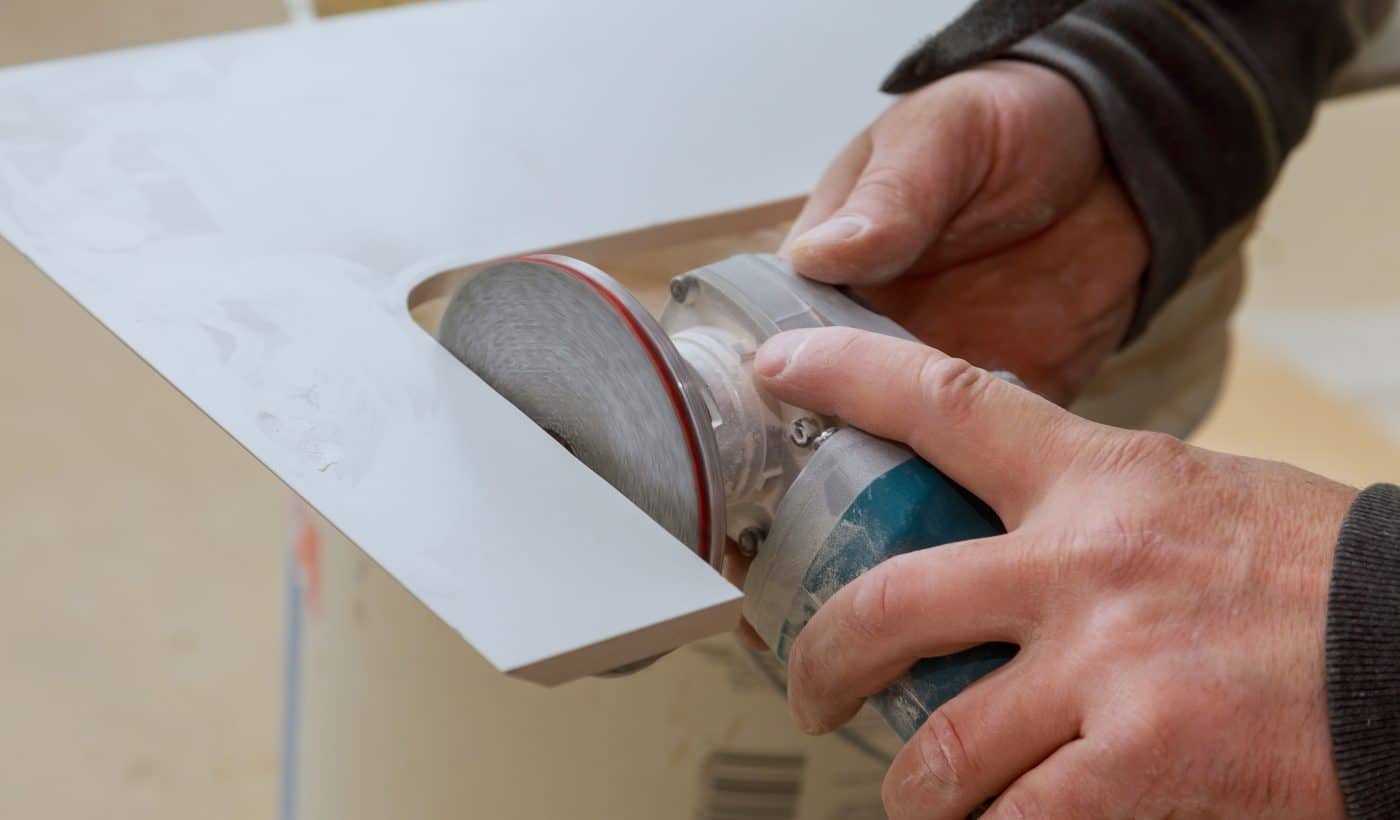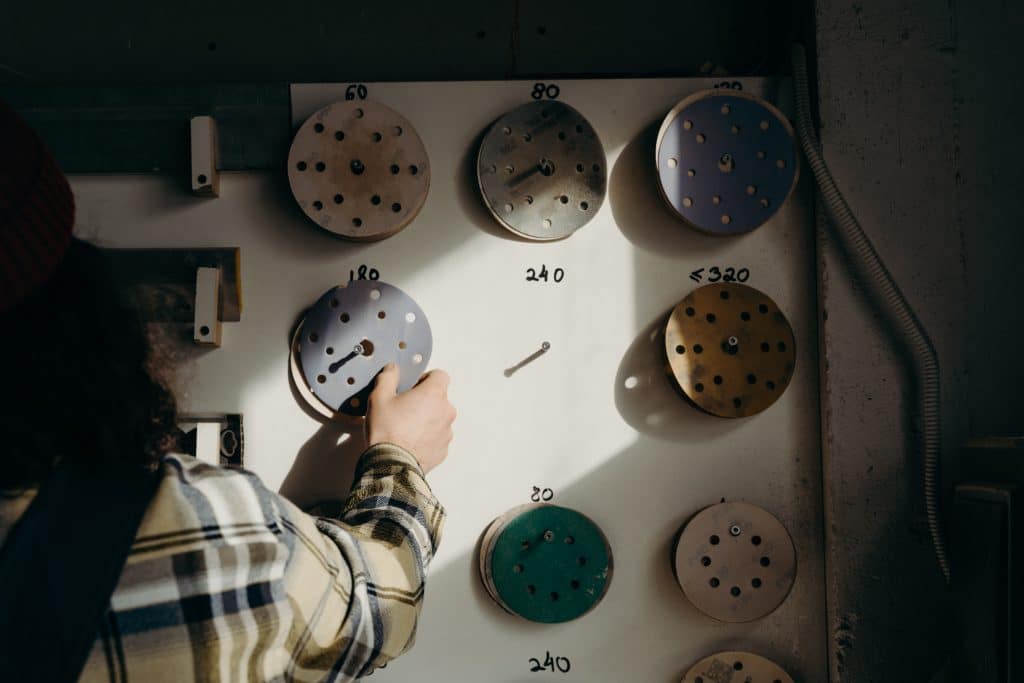
Grinding is when you cut or manipulate an item by using an abrasive. Grinding has many different uses. You can cut an object into multiple pieces, use friction to remove and reduce large sections of an item, or even polish an item’s edges to leave a nice and smooth finish.
There are many different abrasive materials you can use for grinding, but knowing which one might be best for your specific need depends on several factors.
How Abrasives Work
Understanding how abrasives work is crucial to selecting the suitable material for your grinding disc. An abrasive is any material that can be used to shape or finish a part through friction. Nearly any material can be used for this.
Typical abrasive materials are covered with rough grains. The size and amount of these grains are known as the grit. The bigger the grain, the more material that can be removed when rubbed against the part.
Bigger grains have a lower grit, so when comparing two abrasives, the lower the grit number, the more aggressively material can be removed. However, the trade-off is that while lower grits remove more material, they leave a coarser finish. Using a higher grit will mean smaller grains that will remove less material but leave a smoother and sometimes shinier finish.
Grits under 100 are considered coarse and are used to remove several layers from a part.
Medium grits, anything between 100 and 220, have several uses. They can remove the final layers from parts while still leaving a clean finish and are precise enough to add in the final shape or details. You can also use medium grit abrasives when prepping a part to be painted or stained.
Anything higher than 220 is considered to be fine grit. Fine grit abrasives are used to polish the piece, to get a smooth blend and a clean finish.

Best Materials To Grind With
Most people first think of sandpaper as an abrasive, but sand isn’t an effective one. Other materials are more effective. Some are cheaper and don’t last as long, while some are more expensive and last for a long time. Here are the pros and cons of some of the most popular abrasive materials.
Aluminum Oxide
Aluminum oxide is a common abrasive material because it is one of the cheapest options on the market. Aluminum oxide is a popular choice when working with various types of wood and can even work on metal.
The downside is that aluminum oxide is the least durable material on this list which can be a big negative when working on long projects.
Silicon Carbide
Silicon carbide offers several advantages over aluminum oxide. Because it is stronger than aluminum oxide, it offers more consistent and even cutting. It actually cuts faster and can remove material without building up excessive amounts of heat.
It’s more expensive than aluminum oxide, but it’s more consistent cut, and speed is often a better option when working with softer materials like aluminum and brass.
Ceramic
Ceramic is a solid material. It’s hard and sharp and can last for a long time, making it a great option when aggressively removing material from metals and other hard surfaces.
The drawback is that it can get scorching hot very quickly, so be careful not to burn the part you are working on.
Diamond
Diamonds are the hardest material in the world and make for a popular abrasive and cutting tool. They can be used with many different materials, are incredibly durable, and offer a consistent cut throughout their lifespan. Diamonds also have excellent natural heat resistance, adding to their durability.

Which One Is Best?
Choosing the abrasive material that is right for you depends on what you are working on. However, diamonds make for a great all-around option.
They work on several different materials—from ceramics to metals—and have various uses. Coarse grit diamond can be used to effectively remove large amounts of material, while finer grits offer a pristine polished look.
No other abrasive material has the versatility and durability of diamond.
Conclusion
Here at Niche Tools & Abrasives, we helped develop a diamond disc that is now in use in several different industries, including the automotive and aerospace industries.
The discs were designed when our customers came to us for help solving their grinding problems. In their case, the problem was that their current diamond discs didn’t last long enough, leading to excessive waste. So we developed a better diamond disc that helped our customers increase efficiency and boost their profitability.
What problem do you need help with?
We have a wide range of solutions for several different industries. We love to meet with fellow business owners and engineers to hear their problems and see if we already have what they need or can help them find the solution.
Reach out to us when you’re ready to see if there’s a better way to boost your efficiency.
